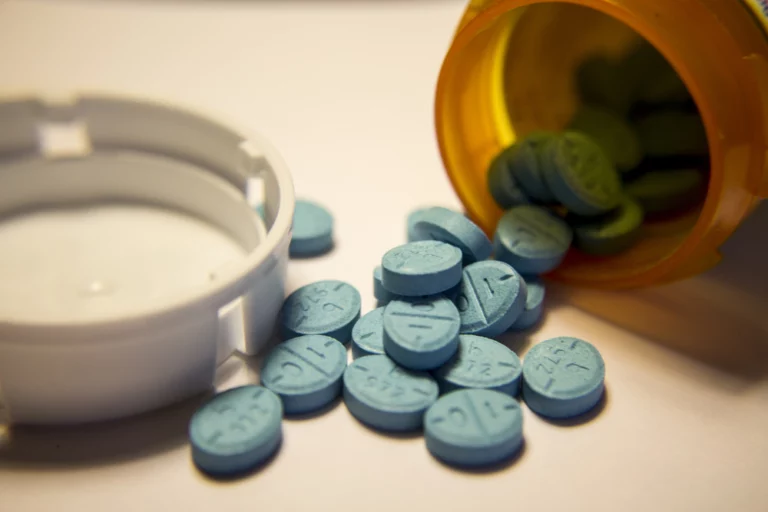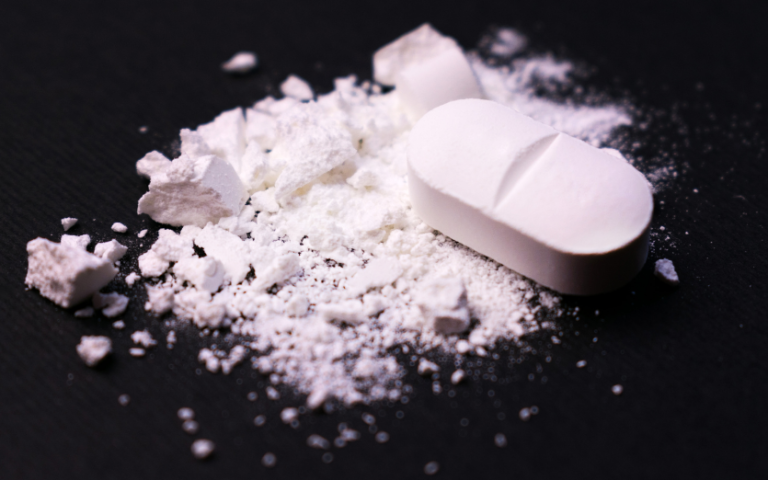According to research, almost 30 million people in the US struggle with alcohol addiction, also known as alcohol use disorder (AUD) and alcoholism. However, alcohol addiction doesn’t start overnight and can be separated into 3 stages of alcoholism, categorized by physical, mental, and behavioral changes and beliefs.
This article breaks down the three stages of alcoholism: the first stage of denial, the second stage of ongoing abuse, and the last stage of severe health decline.
What Are The 3 Stages of Alcoholism?
In general, there are 3 stages of alcoholism, and they each can last several months or years. Alcoholism is a progressive and chronic disease and will eventually result in end-stage alcoholism if left untreated. Each stage occurs in sequence, creating a domino effect of side effects, social issues, and potentially life-threatening health disorders, including liver disease, heart disease, cirrhosis, wet brain syndrome, and dementia.
If you or someone you love is struggling with alcoholism, you might already be seeing signs of each stage. For example, occasional heavy drinking on the weekends (stage 1) may progress into daily drinking and eventual addiction (stage 3) if it is left unaddressed. Try to become more familiar with the symptoms and signs of each stage we mention below.
Alcoholism Vs. Other Disorders
Alcoholism (alcohol use disorder) is quite different from most other diseases in several ways.
- Firstly, it often develops gradually over a person’s life and can affect individuals of any age.
- Secondly, there isn’t a single known cause; factors like genetics, culture, economics, and surroundings all play a role, and each person with alcoholism has a unique drinking history.
- Thirdly, both alcoholics and the problems caused by alcohol can change over time. For instance, long-term alcohol use can impact the central nervous system, potentially altering an alcoholic’s personality and memories.
- Lastly, there’s no cure for alcoholism; while some people may recover either on their own or with treatment, many never do.

Stage 1: Pre-Alcoholism, Problematic Drinking, & Denial
The first stage of alcoholism is denial. An individual might hide how they drink, the reasons why they’re drinking, and the extent of the problem before even coming to terms with it themselves. Many people in the first stage consciously know there’s a problem, but they may also minimize the issue, stating they can stop any time they wish. One study found that most participants whose interviews indicated an alcohol use disorder did not characterize themselves as problem drinkers despite drinking an average of up to 12 drinks per occasion.
There are several reasons why someone denies or hides the severity of their alcohol use. They might compare themselves to others and decide their drinking isn’t as problematic. In addition, they may rationalize their drinking pattern as a reward or stress reliever during difficult times. Binge drinking is a common behavior among those with early-stage alcohol addiction since their body is still strong enough to handle the abuse and hangovers.
What Can You Do?
Several treatment options are available for those who identify their problematic drinking patterns, or “pre-alcoholism,” early.
- Cognitive behavioral therapy can help reframe your automatic responses to various situations by substituting more positive thoughts and behaviors in place of drinking.
- Sometimes, problematic drinking stems from trauma or other interpersonal issues. Trauma therapy is helpful for people who have experienced difficult situations and can help them understand the connection between these events and their alcohol use.
- In addition, dedicated treatment options are available for people struggling with mental health conditions along with alcohol abuse. These programs, known as dual diagnosis treatment, significantly increase the chances of someone with a mental health disorder recovering from alcohol abuse.
Read about if it’s your responsibility to host an alcohol intervention for a family member here!

Stage 2: Chronic Alcohol Consumption & Addiction
The second stage of alcoholism is marked with physical alcohol dependence and side effects. You might develop an emotional attachment to alcohol, finding it challenging to stay sober without feeling depressed, anxious, or unmotivated. At this stage, most people need more alcohol to achieve the desired effect as their tolerance increases, and this can start to affect family and work obligations.
During the second stage, physical dependence and intense cravings make it increasingly more difficult to stop drinking. Obsessing over the next drink, experiencing blackouts, and hiding the amount you consume are common at this point.
Unfortunately, quitting during the second stage is likely going to induce alcohol withdrawal. These symptoms may begin as early as eight hours after the last drink and include:
- Anxiety
- Nightmares
- Irritability
- Depression
- Shakiness
- Mood swings
What Can You Do?
You may need medically supervised detox to ensure withdrawal symptoms are managed, monitored, and addressed. We never recommended trying to detox at home without medical supervision. Once you finish detox, addiction professionals recommend entering a structured treatment program to help with the thoughts and feelings everyone experiences after quitting alcohol.
It’s very common to wonder,
- “Do I have the willpower to stay sober?”
- “Treatment didn’t work for my relative. Will it work for me?”
- “I deserve to be alone or unhappy because of what I did while drinking.”
If these thoughts sound familiar to you, you’re not alone. You’ll meet people with the same questions seeking answers in addiction treatment. Programs like PHP and IOP can help shape and develop the thoughts and skills you need to overcome doubts and move toward recovery. Therapy sessions can help you address your substance use, addiction, mental health, and other issues to improve your quality of life.

State 3: Late-stage Alcoholism, Physical & Mental Decline
The third stage, also called end- and late-stage alcoholism, is the most destructive, characterized by severe health problems, financial issues, and partial or total self-isolation. Common symptoms of late-stage alcoholism include:
- Severe liver disease and damage
- Abdominal pain and cramps
- Pancreatitis
- Esophageal cancer
- Breast cancer
- Colorectal cancer
- Hypertension
- Cardiovascular disease
- Dementia
- Hypertension
- Nerve damage
- Gout
In addition, heavy drinking weakens the immune system, making you prone to infectious diseases and illnesses, including the flu. Significant psychological side effects are also prevalent at this stage and can cause behavioral challenges and problems within relationships.
What Can You Do?
Even if you or someone you know shows signs of the last stage, there’s still hope. Of course, medical treatments and interventions are easier to administer during the earlier stages, but everyone is on their path. It’s harder for some people to realize their negative habits until they stare them in the face.
Read more about medications and supplements that can help with alcohol detox here.
Top-Rated Alcohol Detox in Asheville, NC
At any stage, we always recommend clients undergo medical detox for alcohol addiction. Stepping into an addiction treatment program without going to detox is challenging. You don’t want to deal with nausea, vomiting, and other bodily reactions while in therapy, group sessions, or activities. Medical detox centers like Asheville Detox provide safe and comfortable rooms for clients to overcome withdrawal symptoms. Detox professionals can also provide medications, supplements, and proper meals to help with malnutrition and other indirect effects of alcohol abuse.







